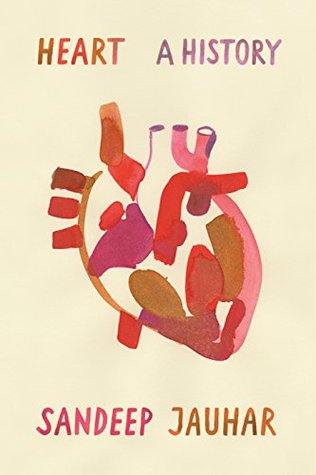More on this book
Community
Kindle Notes & Highlights
The ♥ shape, called a cardioid, is common in nature. It appears in the leaves, flowers, and seeds of many plants, including silphium, which was used for birth control in the early Middle Ages and may be the reason why the heart became associated with sex and romantic love (though the heart’s resemblance to the vulva probably also has something to do with it).
hearts began to appear in paintings of lovers in the thirteenth century. (These depictions at first were restricted to aristocrats and members of the court—hence the term “courtship.”)
husbands and wives tend to die within a year of each other. This finding supports what we now know to be true: heartbreak can cause heart attacks; loveless marriages can lead to chronic and acute heart disease.
takotsubo cardiomyopathy, or the broken-heart syndrome, in which the heart acutely weakens in response to extreme stress or grief, such as after a romantic breakup or the death of a spouse. Patients (almost always women, for unclear reasons) develop symptoms that mimic those of a heart attack. They may develop chest pain and shortness of breath, even heart failure.
medications that block sympathetic nervous system activity, such as beta-blockers, protected patients from those arrhythmias. Meditation largely did the same thing.
predictability, control, and feedback about the effectiveness of coping all reduce shock-induced stress.
Your mind, your thoughts, are not your owner, but they are behaving as your owner. Go beyond mind. That is the only place you are truly free.”
today it is increasingly clear that chronic diseases like hypertension, diabetes, and heart failure are inextricably linked to the state of our neighborhoods, jobs, families, and minds. Heart disease, as we’ve seen, has psychological, social, and even political roots. To treat our hearts optimally will require interventions on all these fronts.
Do you want to live a long, healthy, and prosperous life? Don’t smoke. Exercise. Eat right. But also take good care of your interpersonal relationships and the way you deal with life’s inevitable upsets and traumas. Your mind-set, your coping strategies, how you navigate challenging circumstances, your capacity to transcend distress, your capacity to love—these things, I believe, are also a matter of life and death.


